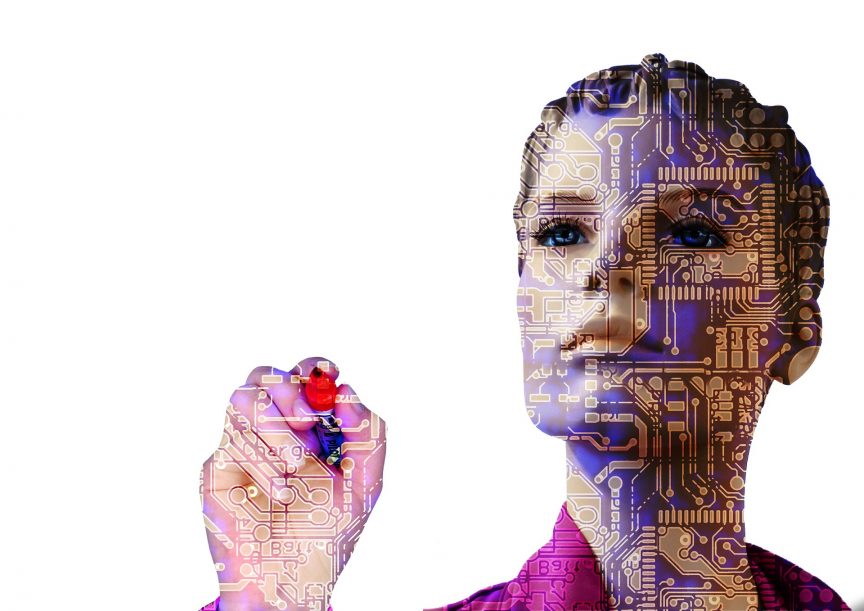Earlier this month, Automation: Preparing for a Next Generation Workforce outlined some of the advantages and disadvantages of the increased focus and reliance on mechanical and software automation technologies to replace routine tasks. When a company is considering investing in automation or AI (artificial intelligence) technology, what are some considerations for managers regarding human resource requirements for future-forward tasks? For applicants, which abilities and training might become important in job acquisition and retention? Here are some ideas:
Companies should define and identify candidates who meet the criteria for work specialization. Increasingly, complex combinations of specialized workers produce the outputs, both within and outside of the firm in the form of suppliers. For example, a small inside team might determine data needs and provide analysis, but data acquisition and entry is outsourced to a specialized firm. Deciding which combination of AI or automation for routine tasks and which specialized worker to use for high-value tasks will be important for 21st-century managers.
Automation creators and users must be grounded in math, science, and technology, and have the ability to manage and interpret vast and varied sources of data. According to a February 17, 2017, Pew Research Center article, American students continue to rank in the middle of developed countries in math and science. Therefore, identifying and hiring employees with solid analytical, statistical, math, science, and computer science abilities could be a critical requirement for future complex tasks.
One way in which companies can ensure a trained workforce is to become involved with local schools, community, and technical colleges. In Oregon, Intel partners with Portland State University and Fariborz Maseeh College of Engineering and Computer Science to provide training and support for technical and even non-technical transition students. Students can participate in Intel research projects and internships and later apply for engineering and computer science jobs at the company. An advantage for businesses that collaborate with local colleges and technical training centers is the opportunity to design, and even teach, technical curricula that meet future needs.
Research shows that diversity improves group performance, and although women and minorities are under-represented in STEM, hiring from these groups should be a priority. Recruitment agencies can help by searching for ideal candidates and balancing diversity.
Define automation job requirements by whether people are needed for design and development or support and application. Accomplish these requirements through internal reorganization and training, by specialized outsourcing, or with new hires.
Most importantly, if possible, take your workforce with you. Corporate social policies are extant in most companies today, and the human resource element should be a priority consideration. Retraining and retaining local employees encourages sustainable communities and avoids some of the societal disadvantages of automation that leave workers behind. Offering professional and technical development courses and certifications will help employees transition to the future. If possible, provide education benefits, which also help with employee retention. Many local universities and community colleges have professional development centers for in-house training and workshops.
Finally, working with a recruitment specialist like Partnership Employment can reduce the time, effort, and cost associated with verifying technical, educational, and professional abilities necessary for the ideal candidates that will help take your company into the future.




